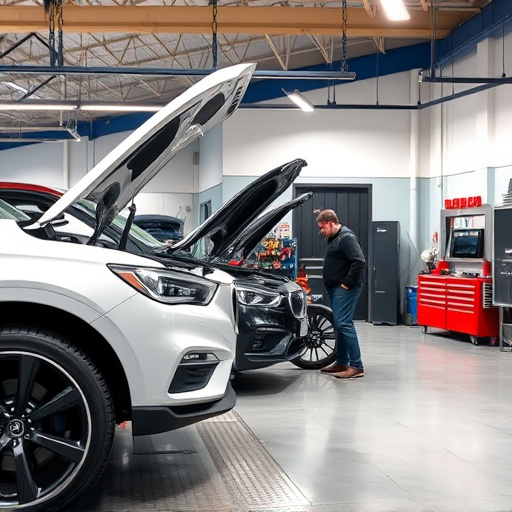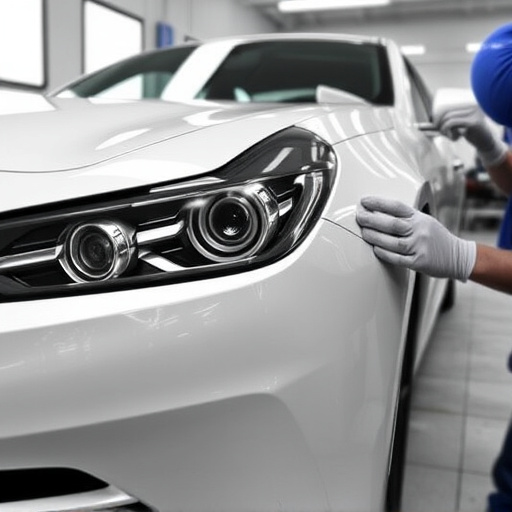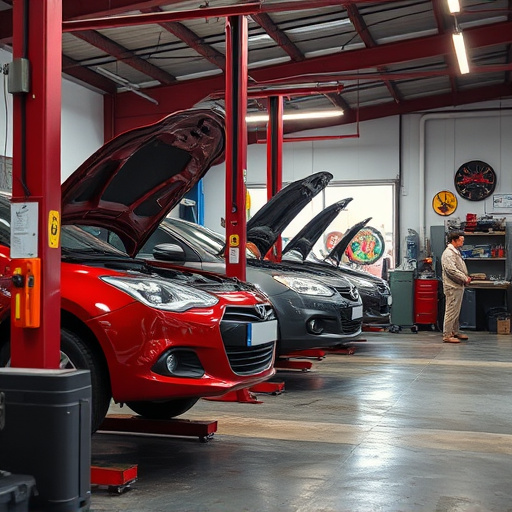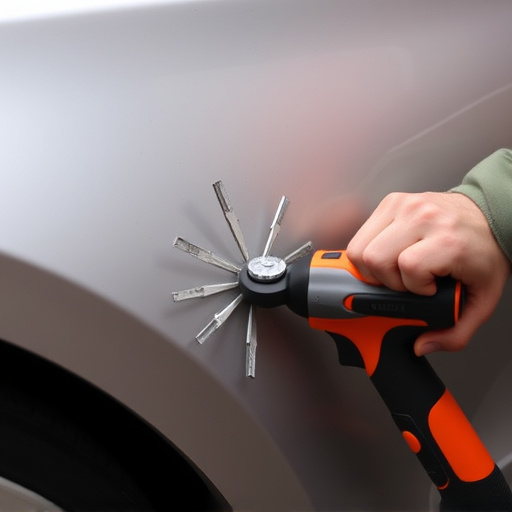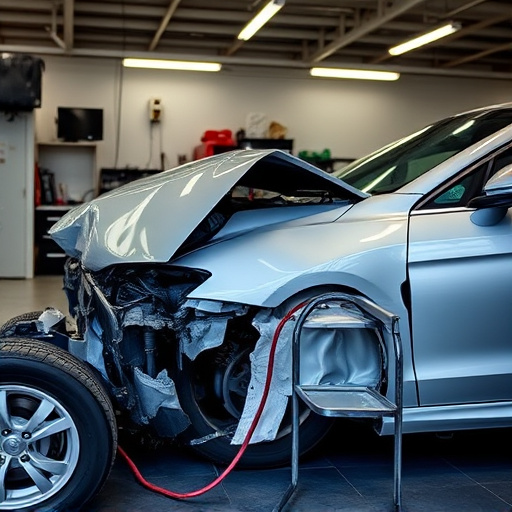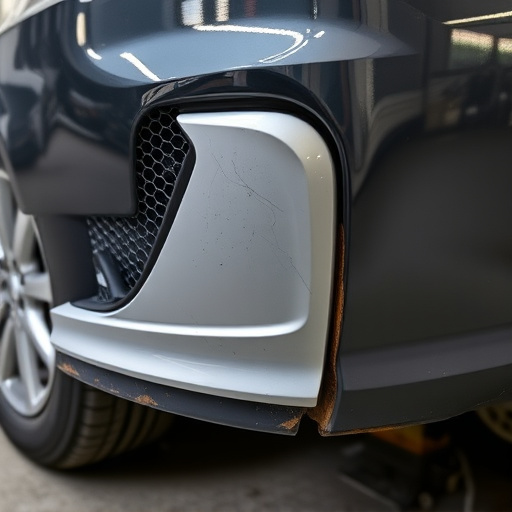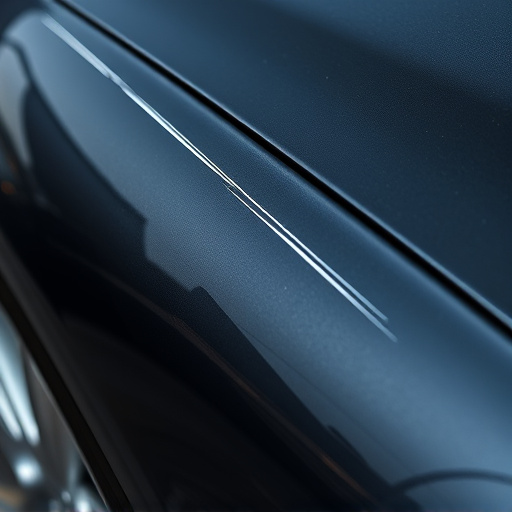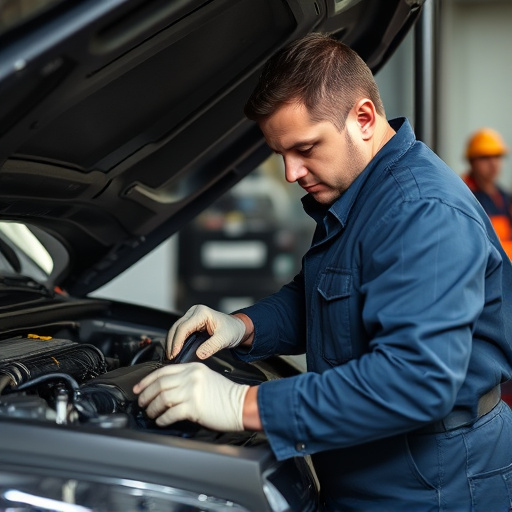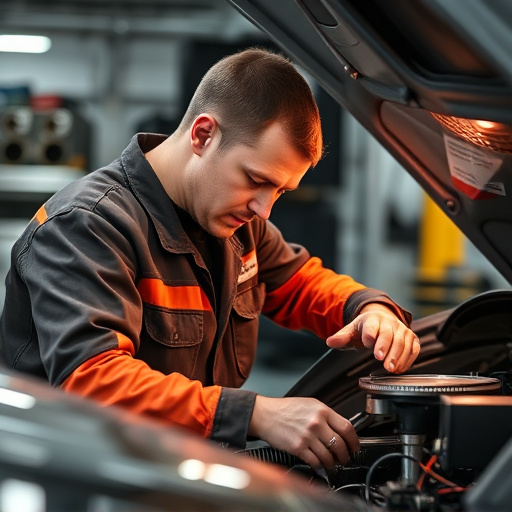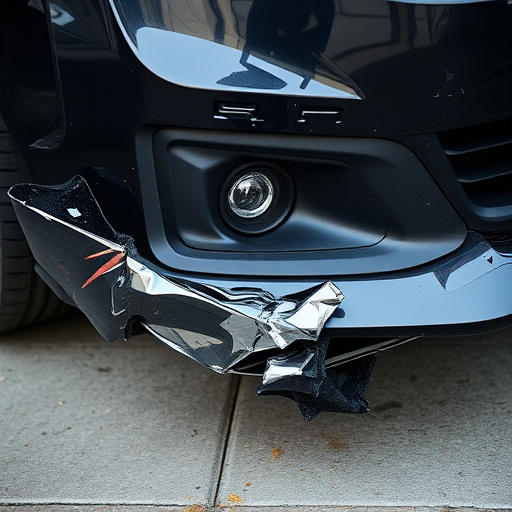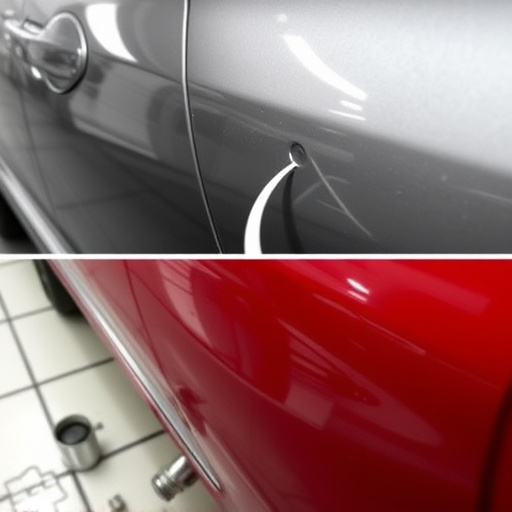Diminished value after repair is a key concern in the automotive sector, impacting vehicle resales due to damage, insurance claims, and market dynamics. Technological innovations, including diagnostic software and 3D scanning, enable more precise assessments, while a focus on sustainability drives eco-friendly bodywork services. Future trends include advanced data analytics and machine learning for accurate residual value predictions, digital platforms streamlining claims, and global transparency in diminished value assessments.
The concept of diminished value in the automotive industry is constantly evolving, especially post-repair. This article explores the future of diminished value assessments after repairs, delving into key factors that influence post-incident vehicle valuations. We examine the current landscape, where traditional appraisals are challenged by digital advancements and data analytics. Furthermore, we discuss emerging innovations that promise more precise calculations, ensuring fair compensation for vehicle owners. Understanding these trends is crucial for both consumers and industry professionals alike.
- Understanding Diminished Value After Repairs
- The Evolving Landscape of Auto Repair Assessment
- Innovations Shaping Future Diminished Value Calculations
Understanding Diminished Value After Repairs

Diminished value after repair refers to the reduced resale or market value of a vehicle following a significant incident, such as an accident or damage from a natural disaster. This concept is essential for both consumers and collision repair centers to understand, as it impacts the financial outcomes of repairs and resales. When a vehicle experiences substantial damage, requiring services like auto body shop repairs, vehicle paint repair, or even a complete overhaul, its perceived worth can decrease significantly.
This phenomenon occurs due to several factors. First, the physical damage itself may leave visible scars or require intricate restoration work. Second, insurance claims and documentation of repairs can sometimes affect a vehicle’s history, which is a crucial consideration for potential buyers. Lastly, the overall supply and demand dynamics in the auto market play a significant role. All these elements contribute to the concept of diminished value after repair, underscoring the need for transparency and accurate appraisals within collision repair centers.
The Evolving Landscape of Auto Repair Assessment

The auto industry’s landscape of repair assessment is constantly evolving, driven by advancements in technology and a growing emphasis on sustainability. Traditional methods of evaluating damage and estimating repair costs are giving way to more sophisticated techniques that account for diminished value after repair. This shift is primarily due to the increasing complexity of modern vehicles, with their intricate electronics and specialized components. As cars become more like miniature computers on wheels, repairs require precise, data-driven assessments.
Automotive manufacturers and repair shops are now leveraging digital tools, such as advanced diagnostic software and 3D scanning technology, to capture detailed vehicle information before any work begins. These technologies enable a more accurate prediction of repair times and costs, ultimately affecting the overall perceived value of a vehicle post-repair. Furthermore, with a growing focus on environmental sustainability, eco-friendly car bodywork services are gaining traction, influencing how repairs are performed and perceived in terms of diminished value.
Innovations Shaping Future Diminished Value Calculations

The future of diminished value after repair in the auto industry is being reshaped by technological innovations that promise more accurate and efficient calculations. Advanced data analytics and machine learning algorithms are now being employed to predict the residual value of vehicles post-repair, taking into account a multitude of factors beyond traditional metrics like age and mileage. These breakthroughs will enable car body shops and automotive repair services to provide customers with more precise estimates, ensuring transparency and fairness in the process.
Additionally, digital platforms and mobile apps are emerging as powerful tools for assessing diminished value. Insurers, car dent repair specialists, and other stakeholders can leverage these technologies to streamline the claims process, reduce human error, and enhance customer satisfaction. As technology continues to evolve, the auto industry is poised to embrace more sophisticated methods of calculating diminished value after repair, fostering a more robust and data-driven ecosystem within car body shops across the globe.
As we look towards the future, the auto industry is poised for significant shifts in how diminished value after repairs is assessed and calculated. With advancements in technology and a growing emphasis on efficient, accurate evaluations, the process will become more streamlined. Innovations such as data analytics, advanced diagnostic tools, and standardized assessment protocols are set to revolutionize the way diminished value is determined, ensuring fair compensation for vehicle owners post-repair. By embracing these changes, the industry can foster greater transparency and trust, ultimately benefitting both consumers and repair shops alike.
